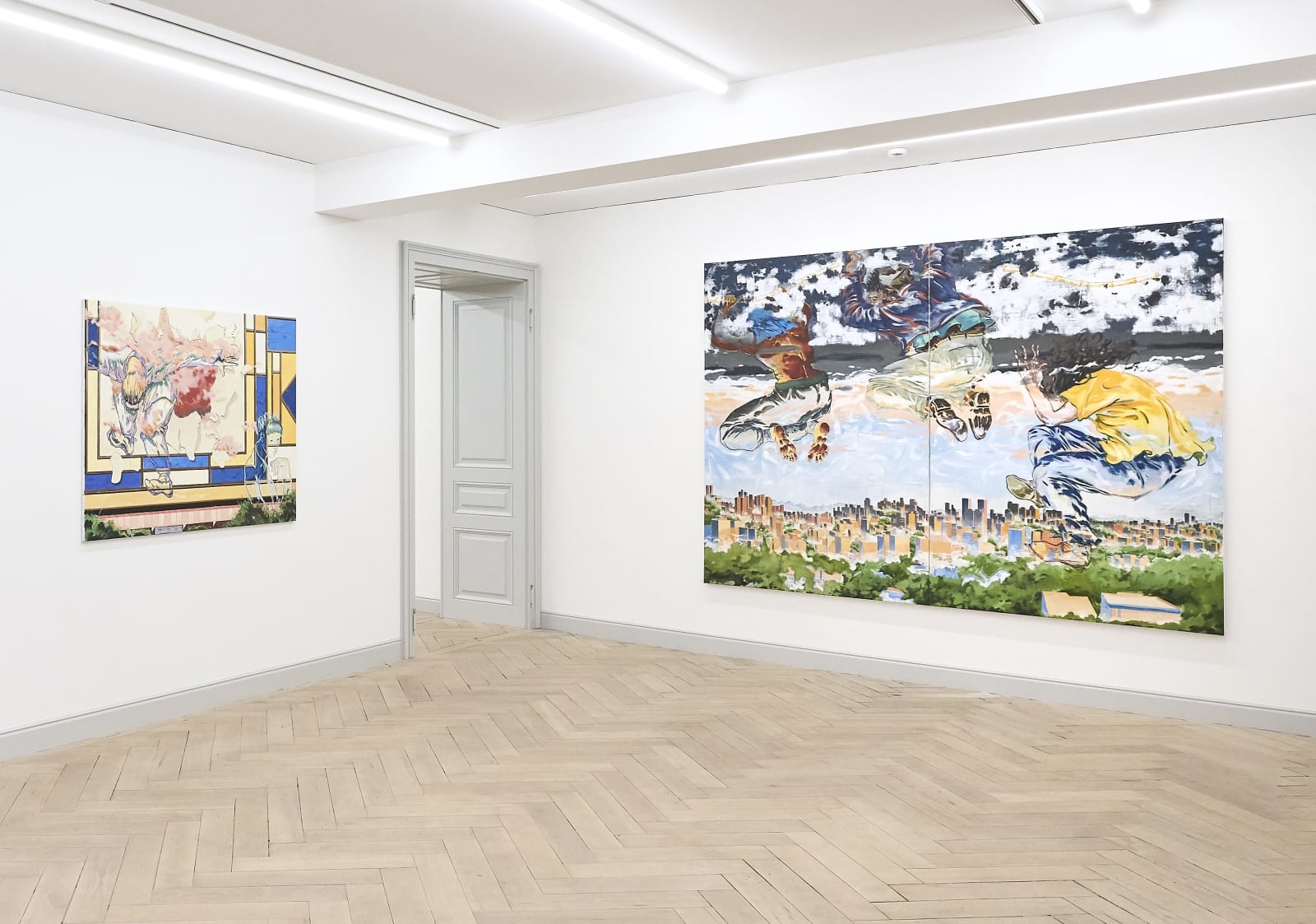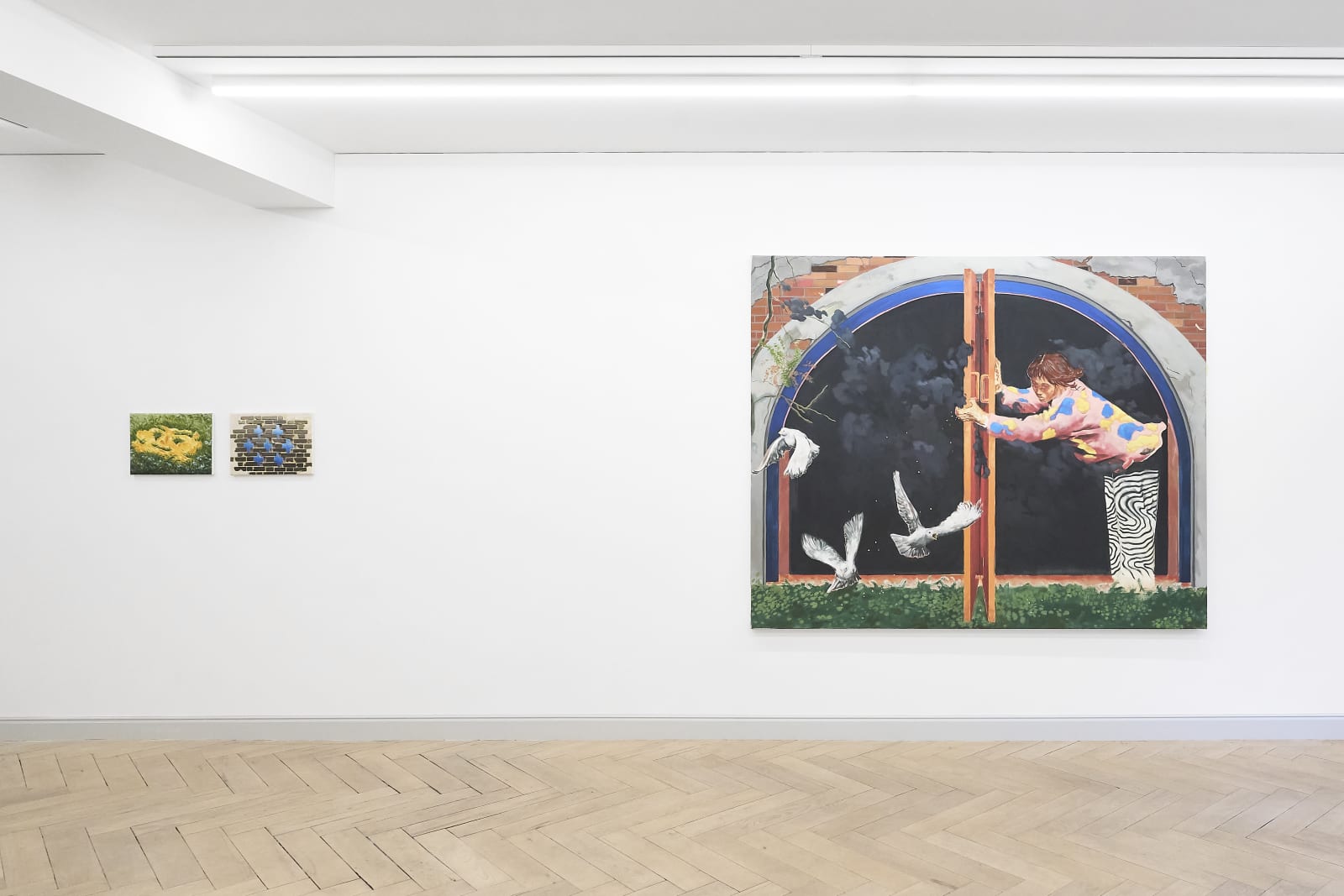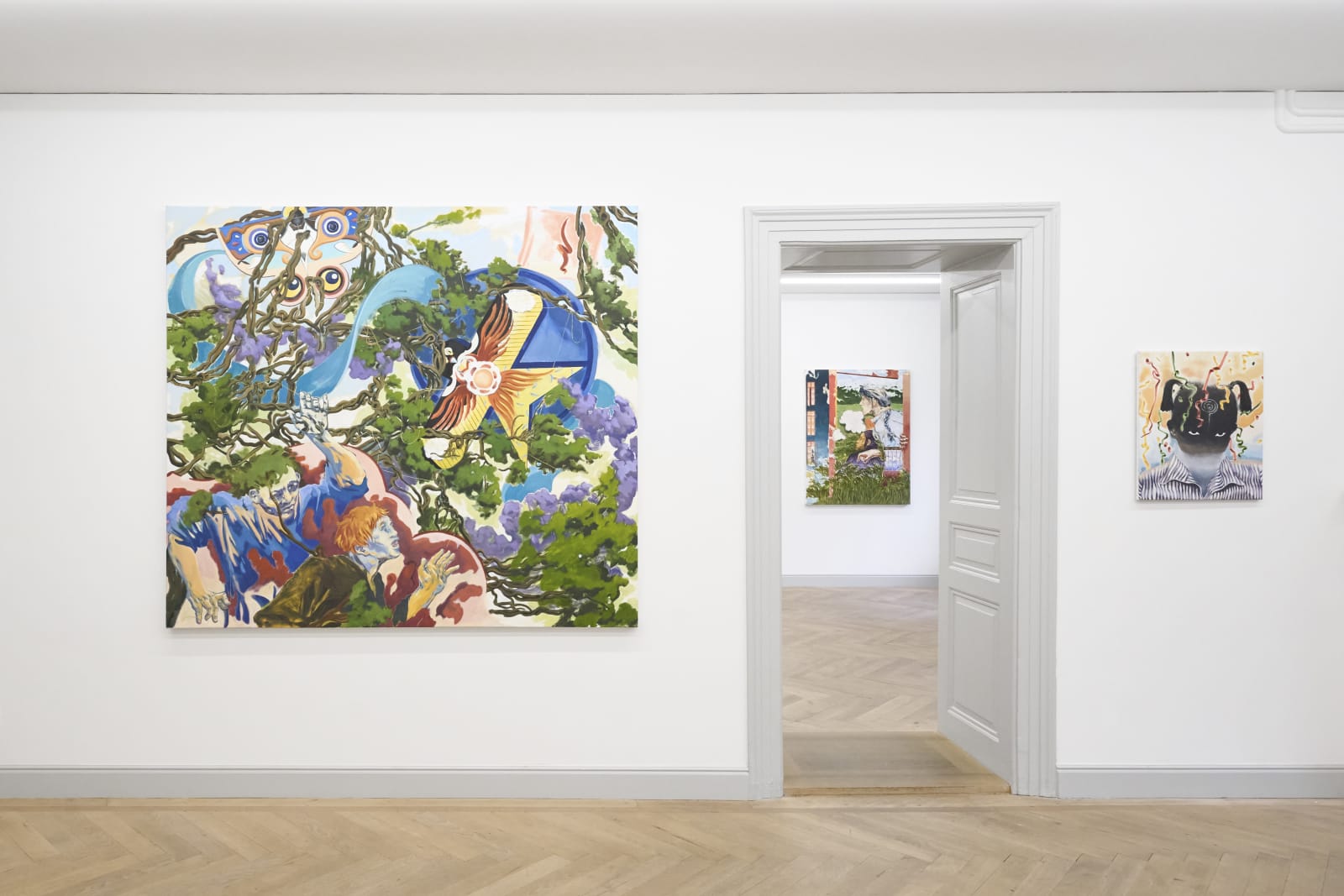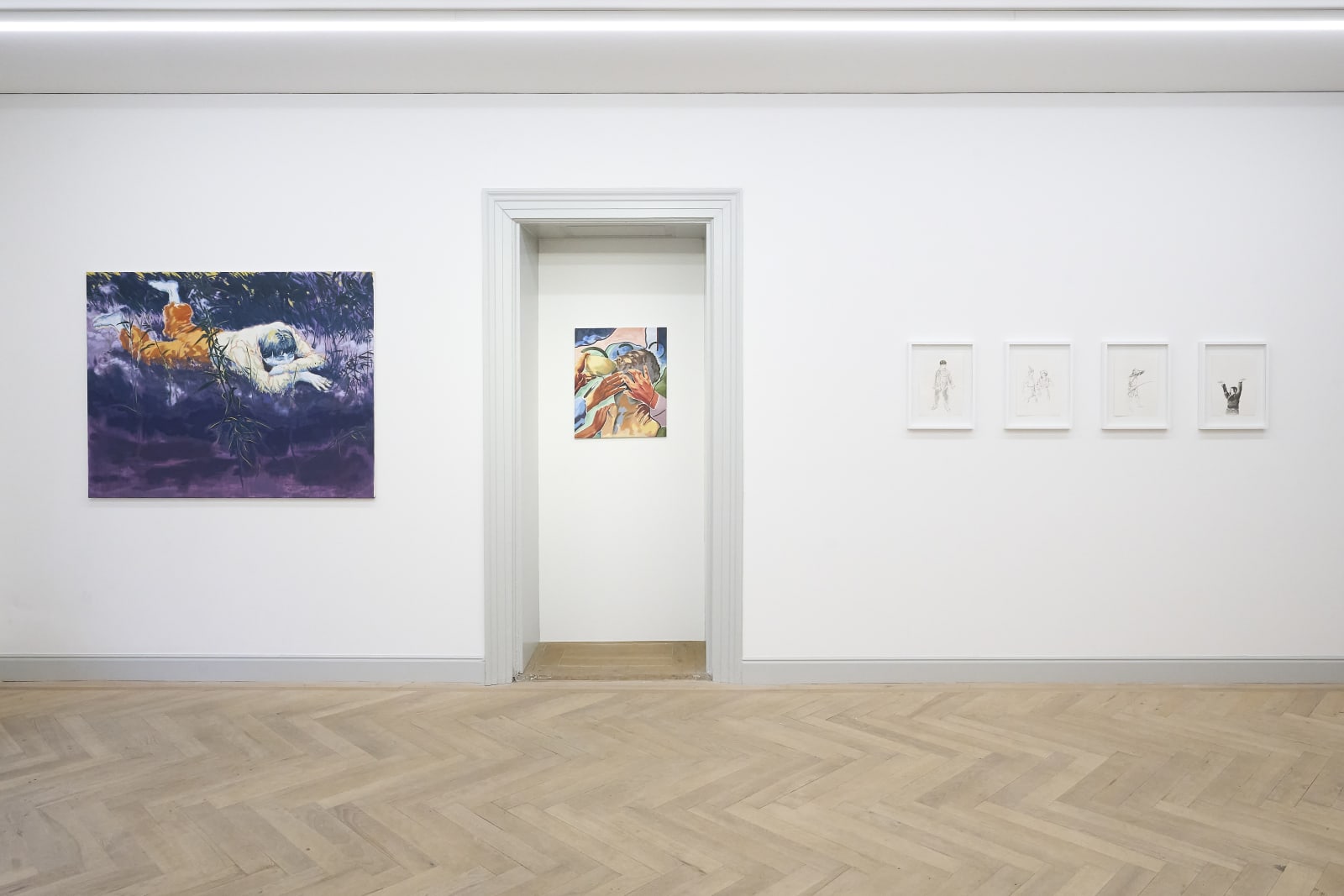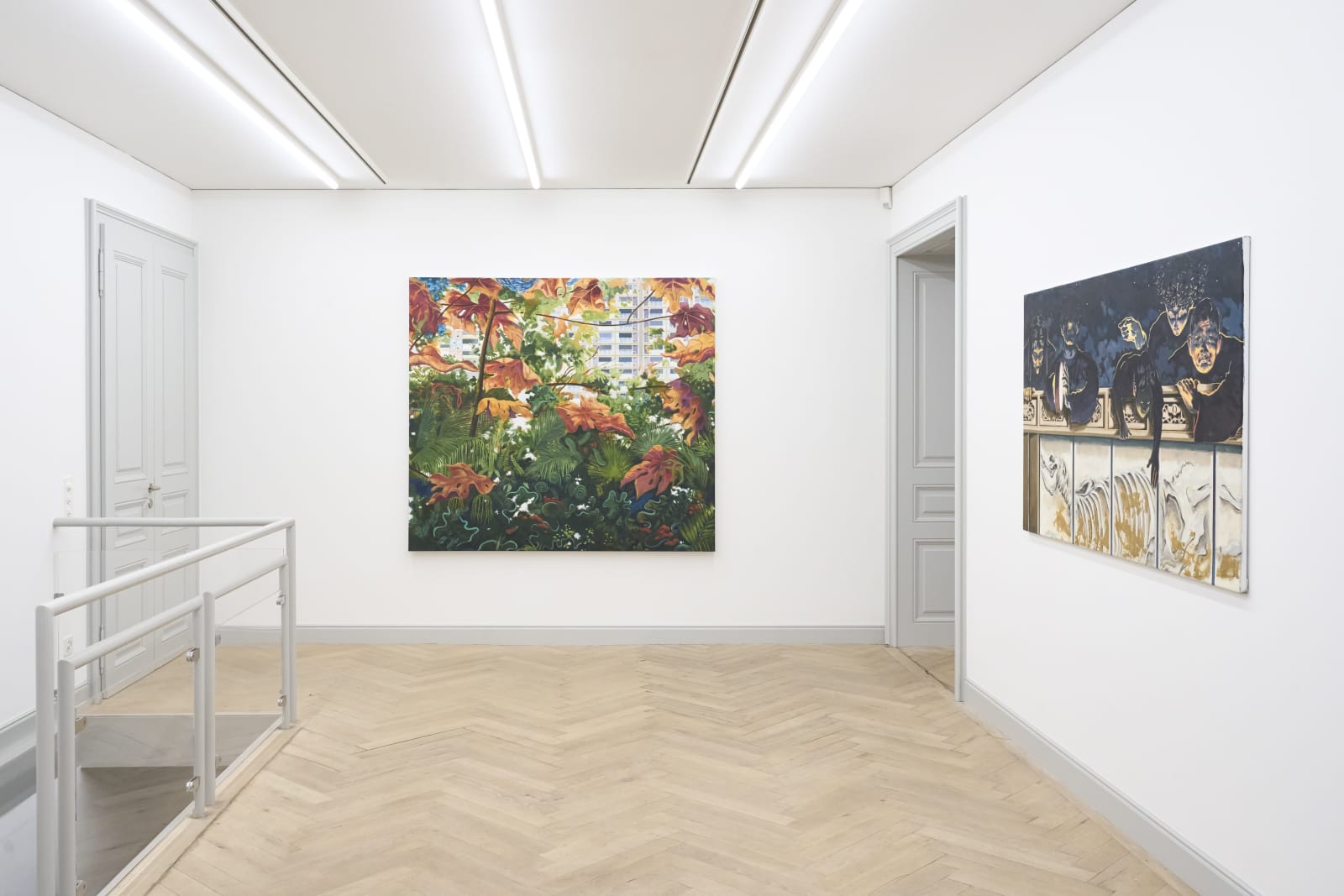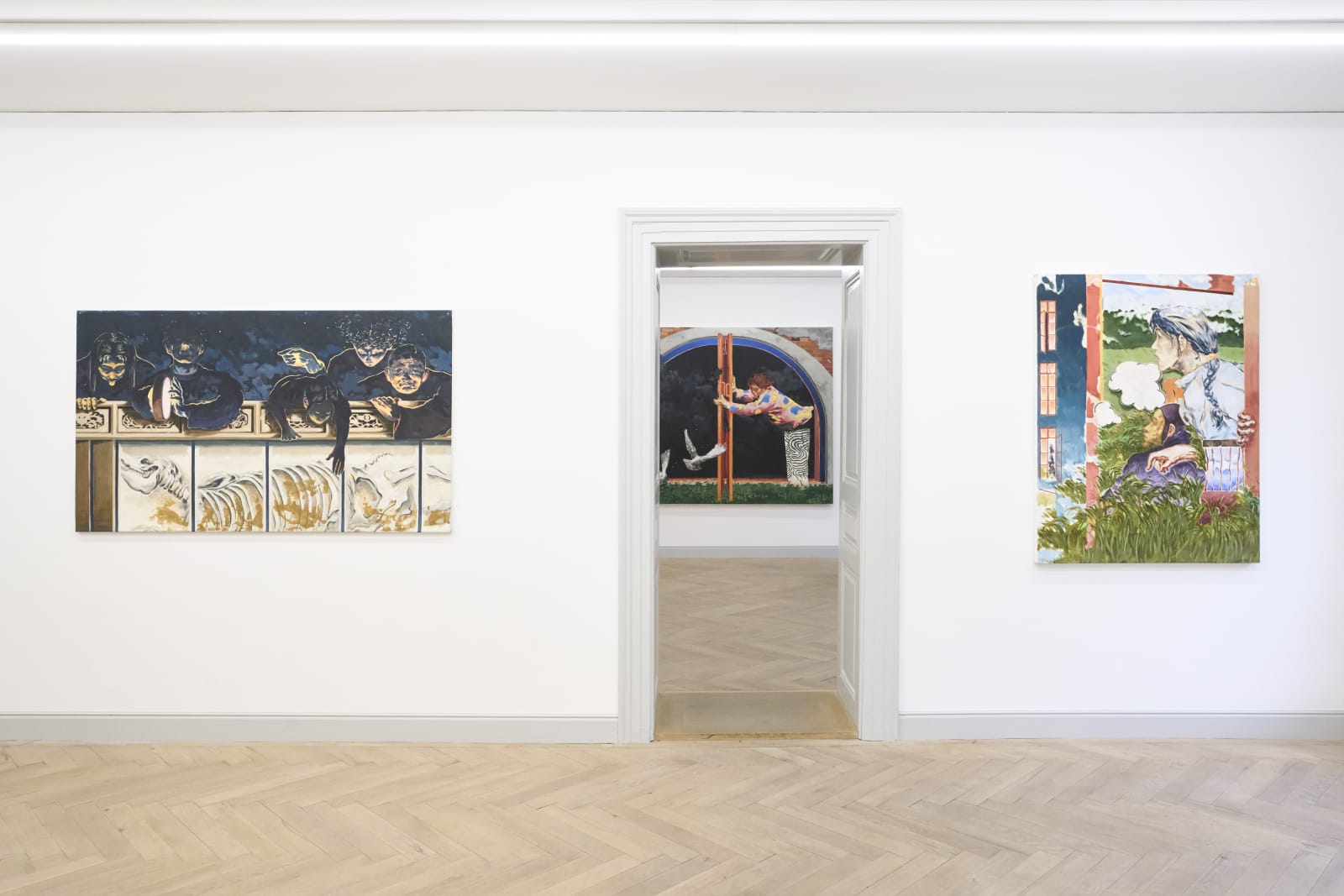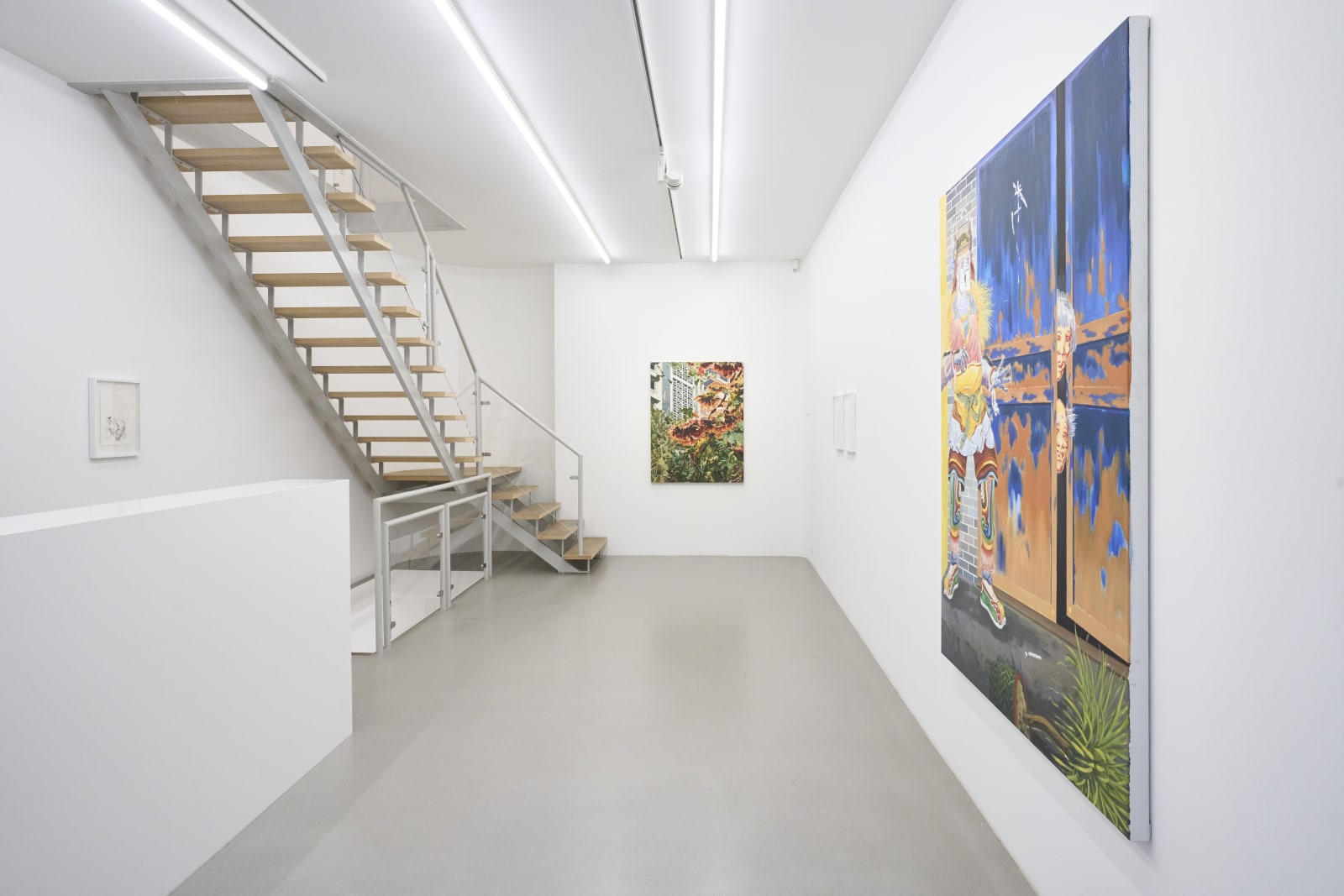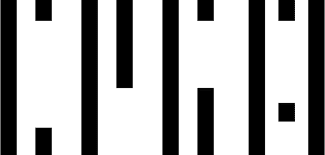Valentin Rilliet: 蜀風 – Mountain StoriesGalerie Peter Kilchmann
Rämistrasse 33, Zurich
Valentin Rilliet
蜀風 – Mountain Stories
November 1 - December 20, 2024
Rämistrasse 33, Zurich
Galerie Peter Kilchmann Zurich is thrilled to present the first solo exhibition with new works by Swiss painter Valentin Rilliet (b.1996, Geneva, Switzerland, lives and works in Zurich). The artist previously showed his work at the gallery in the group show Three New Positions featuring emerging artists in 2023. The exhibition has two titles: The Mandarin title 蜀風 (Shǔ Fēng, approximately translates into Essence of Shǔ), and the English title Mountain Stories. It is Rilliet’s inaugural solo exhibition since he was added to the gallery’s program.
In his new oil paintings, Rilliet continues to explore the complex exchanges between his Chinese heritage and upbringing within a Western artistic canon. While conceptualizing this new series, Rilliet stayed for six months in an artist residency in Chongqing, China. The Swiss public foundation Pro Helvetia awarded the residency to Rilliet in 2023, and it took place from early March to late August 2024. He finished the paintings after his return to Zurich.
While in Chongqing, Rilliet occupied a large studio space at ‘Organhaus Art Space’, where he collected the ideas and impressions for his paintings. The works depict people, items, media, and reproductions of site-specific characters, plants, and architectural elements, all existing in real life. Repurposing China’s folklore, and socialist propaganda material has been the core of his painting practice. Similar to the artist’s earlier works, in which he used socialist propaganda pamphlets and cartoons (连环画”, Lián Huán Huà), as source materials, Rilliet also drew from historic depictions of early modern and folkloric Chinese scenery. These impressions make up the rich repository for his compositions. He then reinterpreted them through his contemporary interpretation in an uncanny and anachronistic way.
The exhibition’s title is primarily a reference to the geographic characteristics of the city and the historic name of Chongqing, which is located in the Province of Sichuan. However, the title in its Mandarin version translates closer to ‘tales or anecdotes of the region of Shǔ (Sichuan)’. It was also the dynastic state title of the kingdom of Shu in the 3rd century with a plethora of literary heritage. The particular choice of words in Mandarin is a clue to how much the artist was able to delve into the regional customs and familiarize himself with the region’s extensive history. Rilliet considers the new paintings as a chronicle of his journey. Everything the viewer sees depicted in the paintings are elements, or direct derivations, of what the artist saw during his residency. Each painting in the exhibition is a chapter of this chronicle.
Stylistically, Kenyan-British painter Michael Armitage is an obvious inspiration for Rilliet. However, his visual style is also influenced by Russian-born American artist Sanya Kantarovsky, Japanese Nihonga-style painter Kawabata Ryūshi, and R.B. Kitaj. With this background, Rilliet skillfully creates his visual vocabulary in the style of magic realism. This allows him to create paintings with a fresh artistic sovereignty and authenticity that is only possible because of his on-site research and self-reflection during his residency.
In his paintings, Rilliet intentionally keeps the level of depth undefined, opening up the space on the canvas so that several different perspectives make the image appear open and unconstrained. The viewer instantly becomes part of the scene and the depicted environment, an effect that Rilliet has applied expertly in previous paintings. In his own words, Rilliet is not establishing, defending, or proving a particular viewpoint when depicting abandoned mines, burning buildings, and brutalist concrete facades. His motivation and method lie in observing, collecting, and recording. As an artist, he is inherently interested in creating his own narrative, through personal investigation, free from prejudice and preconceived viewpoints. As such, Rilliet sees himself not as an interpreter but rather as a conduit between cultures. Like Rilliet, the figures in his paintings are explorers and investigators who study their complex relationship to ‘belonging’ and ‘home’.
Parallel to further developing his artistic trajectory, he was strongly interested in connecting with the complex history of modern China - while also reconnecting with traditional Chinese culture. Rilliet grew up in Geneva and was raised by a Chinese mother and a Swiss father. He only previously visited China as a tourist to visit family. The artist was struck by the individuals that he met in Chongqing. In addition, he had the opportunity to study in-depth, for the first time, the flowers and trees in their natural habitat that he had included in previous works. To Rilliet, it was a gradual process of returning to a distant home.
Valentin Rilliet (b.1996, Geneva, Switzerland), lives and works in Zurich. In 2023, he graduated from ZHdK with an MFA in Fine Arts and graduated with a BFA in Fine Arts from The Slade School of Fine Art, University College London, UK, in 2020. In 2024 he was awarded The Swatch Art Peace Hotel Artist Residency in Shanghai, China, and in 2023 he was awarded the Yvonne-Lang Chardonnens Stiftung and Pro Helvetia (artist residency in Chongqing, China). His work has been shown at LINSEED Projects (Shanghai, 2024), Atelier Righini Fries (Zurich, 2024), Espace TOPIC (Geneva, 2024), the Grosse Regionale (Rapperswil, 2023), Galerie Peter Kilchmann (Zurich, 2023), Modern Animals Gallery (Zurich, 2023), Bahay Contemporary (Geneva, 2023), Sonnenstube Offspace (Lugano, 2022). His paintings are included in public and private collections across Switzerland, China, Germany, the United Kingdom, and the United States. Among them are the Swiss National Bank, Stadt Zurich, Zürcher Kantonalbank, Sammlung der Schweizer Post, The Leir Foundation, and the Royal Collection of the Crown Prince and Princess of Luxembourg.
For further inquiries please contact: inquiries@peterkilchmann.com
-
 Valentin Rilliet, Compound III, 2024
Valentin Rilliet, Compound III, 2024 -
 Valentin Rilliet, Distant Concerns, 2024
Valentin Rilliet, Distant Concerns, 2024 -
 Valentin Rilliet, Untitled (Fisherman), 2024
Valentin Rilliet, Untitled (Fisherman), 2024 -
 Valentin Rilliet, Untitled, 2024
Valentin Rilliet, Untitled, 2024 -
 Valentin Rilliet, Untitled, 2024
Valentin Rilliet, Untitled, 2024 -
 Valentin Rilliet, Awakening, 2024
Valentin Rilliet, Awakening, 2024 -
 Valentin Rilliet, Clairière, 2024
Valentin Rilliet, Clairière, 2024 -
 Valentin Rilliet, Dawn, 2024
Valentin Rilliet, Dawn, 2024 -
 Valentin Rilliet, Matters of the Wind (Jia Ling River 嘉陵江), 2024
Valentin Rilliet, Matters of the Wind (Jia Ling River 嘉陵江), 2024 -
 Valentin Rilliet, Poltergeist , 2024
Valentin Rilliet, Poltergeist , 2024 -
 Valentin Rilliet, Quand la memoire s'effondre (E Ling Park - 鹅岭公园), 2024
Valentin Rilliet, Quand la memoire s'effondre (E Ling Park - 鹅岭公园), 2024 -
 Valentin Rilliet, Relics, 2024
Valentin Rilliet, Relics, 2024 -
 Valentin Rilliet, Sanctuary (Tianfu 天府), 2024
Valentin Rilliet, Sanctuary (Tianfu 天府), 2024 -
 Valentin Rilliet, Through Me, 2024
Valentin Rilliet, Through Me, 2024 -
 Valentin Rilliet, Untitled (ambush), 2024
Valentin Rilliet, Untitled (ambush), 2024 -
 Valentin Rilliet, Untitled (Preacher), 2024
Valentin Rilliet, Untitled (Preacher), 2024 -
 Valentin Rilliet, Untitled (Shy), 2024
Valentin Rilliet, Untitled (Shy), 2024 -
 Valentin Rilliet, Vessel (after Chen Jen's film "Linchi: Echoes of a Historical Photograph, 2002"), 2024
Valentin Rilliet, Vessel (after Chen Jen's film "Linchi: Echoes of a Historical Photograph, 2002"), 2024 -
 Valentin Rilliet, Wherever You Hide, The Party Finds You, 2024
Valentin Rilliet, Wherever You Hide, The Party Finds You, 2024 -
 Valentin Rilliet, 雾都 - City of Fog (Protagonists), 2024
Valentin Rilliet, 雾都 - City of Fog (Protagonists), 2024

